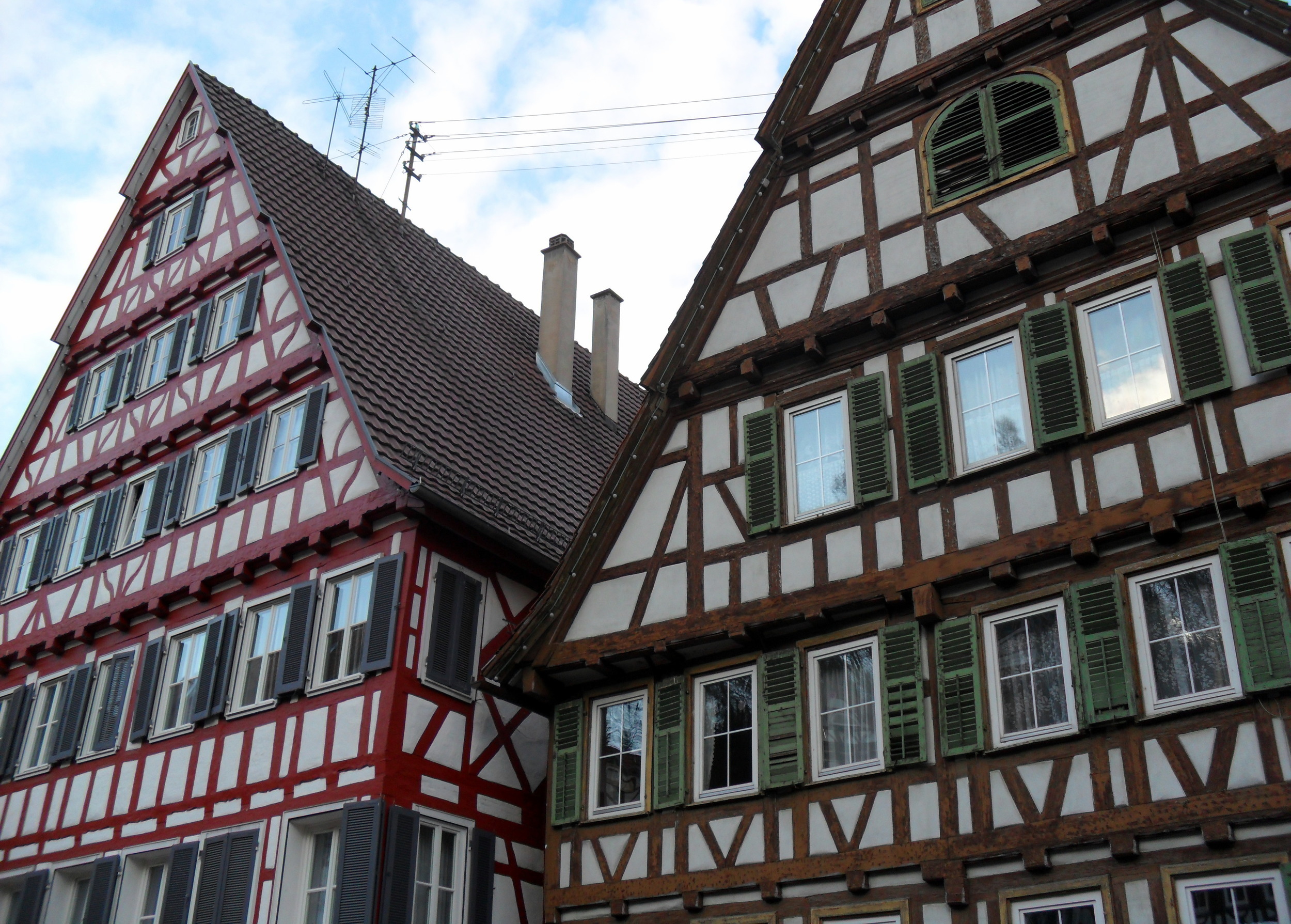It's the Most Wonderful Time of the Year!
/I'll be honest with you: when I left the United States, I dreaded Christmas. That's not exactly a unique feeling for a lot of people these days, I realize, but I really dreaded it. It was an excessively stressful time of year. And my complaints are just as unimaginative: the excessive commercialization, the obnoxious constant stream of carols, the traffic, the inevitable lack of funds...Christmas had lost a lot of its magic for me as an adult.
But my first Christmas in Germany changed that, because in Germany - and indeed, much of Europe, the dreary weather, constant lack of sunshine, all of that vanishes thanks to the Christmas Markets, or Weinachtsmarkten. And why not? For a month in the bigger cities, and at least for a couple days in even the smallest villages, everything is transformed. Adorable huts selling ornaments, candles, and crafts spring up. The smells of sizzling wurst, roast chestnuts, and spiced almonds fill the air. Oh, and did I forget to mention Glühwein?
Stuttgart's Alte Schloss at Christmas
It seems silly to complain about commercialization while celebrating what is a market, where one goes to spend money, but there's something different about the European Christmas feeling. It's not that you don't hear carols on the radio, or have sales in the malls, because that's inescapable, but the cozy feeling you get admiring the booth decorations while warming up with a beautifully decorated mug of glühwein or cider, chatting with friends and family in the cold but bustling night is something really special.
Vin Chaud is just Gluhwein by another name!
Stuttgart's Christmas market starts on November 27th, and runs every day until December 23rd. Sadly, I'll have to suspend my regular tours of Stuttgart during this time, as the market takes up most of the route of my tour through the Mitte, and it's just crowded and narrow to navigate a group through. I'll still be available for tours during weekday mornings, however, when crowds are more manageable. It's a great idea for an activity if friends and family are visiting this holiday season, and I'm available on both the 24th and 25th (when most everything else will be shut down).
Esslingen's amazing Christmas Market
The exciting news is that I am starting my new tour of Esslingen, but only as a private tour reserved in advance. Regularly scheduled public tours will begin right after Christmas. You can reserve by contacting me or by sending me a message on Facebook!
In the meantime, you can keep up with my own travels through the regional Christmas Markets by watching this blog, or following me on Facebook, Tumblr, or Twitter! Have a great holiday season!










